Chemistry of Atmospheric Pollutants
Introduction
Atmospheric pollutants, or air pollutants, are substances present in the air that can potentially harm humans and the environment. These substances originate from both anthropogenic activities and natural phenomena. The chemistry of these pollutants is intricate, involving a myriad of chemical reactions and physical processes that transpire within the atmosphere.
Classification of Atmospheric Pollutants
Atmospheric pollutants can be classified into several types, each possessing unique chemical properties and varying impacts on the environment and human health. These include particulate matter, sulfur dioxide, nitrogen oxides, carbon monoxide, and volatile organic compounds.
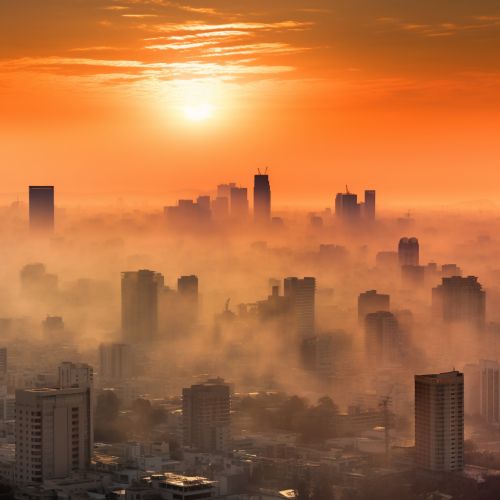
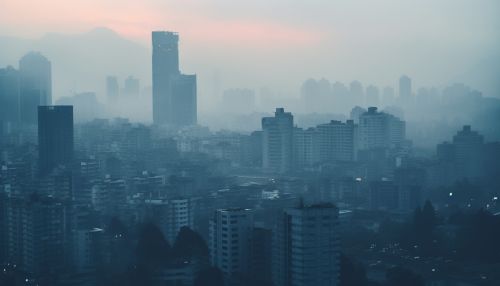
Chemistry of Particulate Matter
Particulate matter (PM) is a heterogeneous mixture of minuscule particles and liquid droplets suspended in the air. The chemical composition of PM can significantly vary, contingent on the source of the particles and the prevailing atmospheric conditions. PM can comprise a myriad of substances, such as soot, dust, pollen, salt crystals, and sulfate and nitrate particles.
Chemistry of Sulfur Dioxide
Sulfur dioxide (SO2) is a colorless gas characterized by a strong, pungent odor. It is predominantly produced from the combustion of fossil fuels in power plants and other industrial facilities. In the atmosphere, SO2 can react with water vapor to form sulfuric acid, a key component of acid rain.
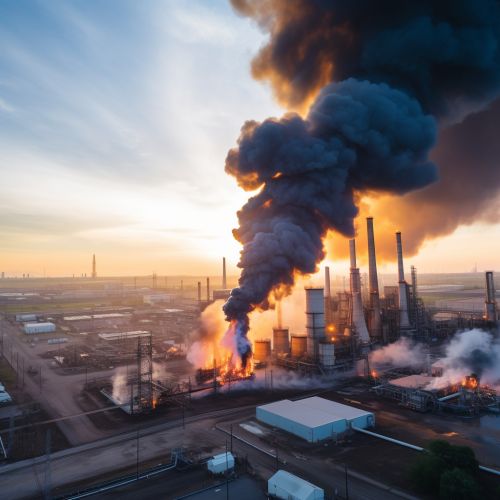
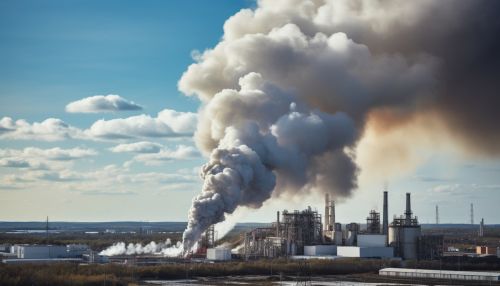
Chemistry of Nitrogen Oxides
Nitrogen oxides (NOx) constitute a group of gases that include nitrogen dioxide (NO2) and nitric oxide (NO). They are generated from the combustion of fossil fuels, particularly in automobiles and power plants. In the atmosphere, NOx can react with volatile organic compounds to form ozone, a primary component of smog.
Chemistry of Carbon Monoxide
Carbon monoxide (CO) is a colorless, odorless gas that is produced from the incomplete combustion of carbon-containing fuels. In the atmosphere, CO can react with hydroxyl radicals (OH) to form carbon dioxide (CO2), thereby contributing to global warming.
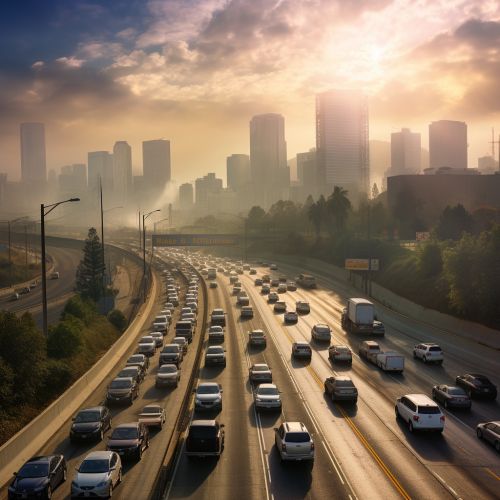
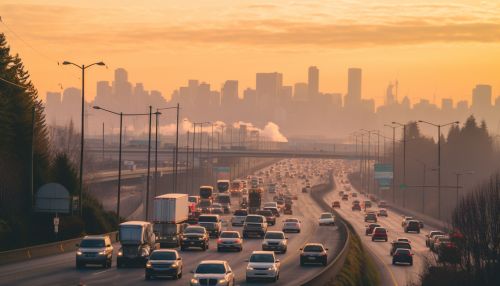
Chemistry of Volatile Organic Compounds
Volatile organic compounds (VOCs) encompass a large group of carbon-based chemicals that readily evaporate at room temperature. They are emitted by a diverse range of sources, including motor vehicles, industrial processes, and consumer products. In the atmosphere, VOCs can react with nitrogen oxides to form ozone and other secondary pollutants.
Impacts of Atmospheric Pollutants
The chemical reactions involving atmospheric pollutants can have profound effects on the environment and human health. For instance, the formation of ozone can induce respiratory issues in humans and inflict damage to vegetation. The generation of acid rain can adversely affect aquatic ecosystems and cause deterioration to buildings and monuments.

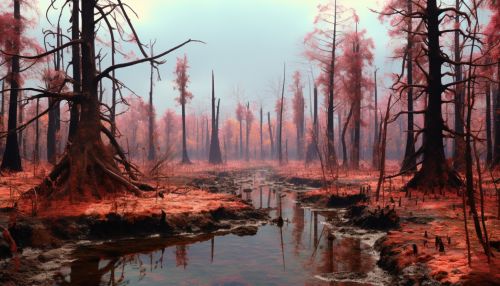
Mitigation of Atmospheric Pollutants
Efforts to mitigate atmospheric pollutants involve a combination of regulatory measures, technological innovations, and modifications in human behavior. These include emission standards for power plants and automobiles, the development of cleaner fuels and energy sources, and public education campaigns about the effects of air pollution.
